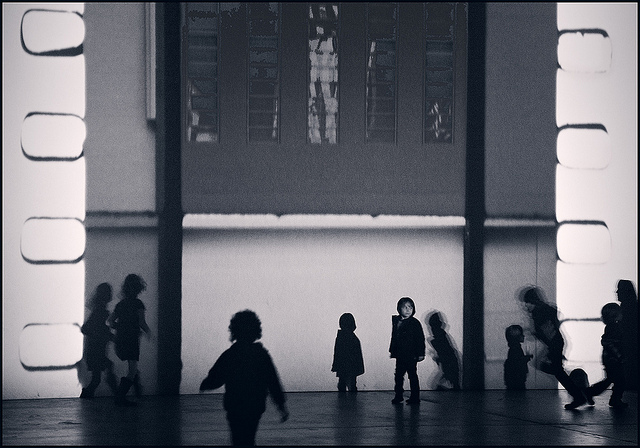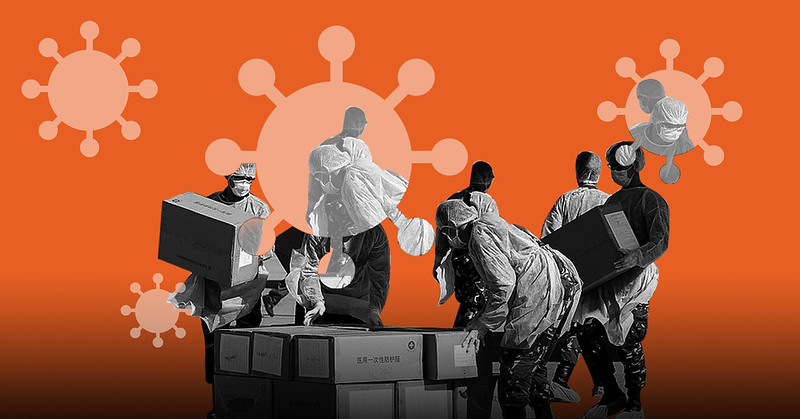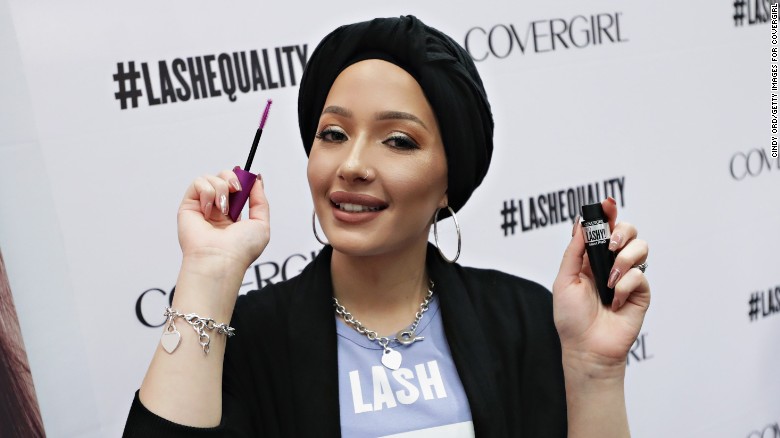Parents today are justifiably concerned about raising their kids in the Islamophobic and anti-Arab climate that seems to prevail in much of the Western world. Now is a good time to look at the potential silver linings and strategies we can use to make our children and youth stronger from this experience. Since the rise in anti-Arab and anti-Muslim sentiment, many of us have become more aware, more organized, and more vocal than we had been pre-9/11. (I’m referring here largely to the professional class of Arabs/Muslims in America who had the luxury of living lives in which they didn’t face discrimination prior to 9/11. Black and working class Arabs and Muslims, however, have always dealt with racism.) Even if you are not a visible Arab/Muslim or do not identify with either of these identities, you might still face these negative stereotypes. And I am not talking about explicit racism here. I am talking about the passing comments or quick jokes of a classmate, a coworker or even a friend that imply that Muslims and Arabs are inherently violent and irrational. These microagressions leave one wondering if these snubs are real or imagined, unintentional or deliberate. These messages are difficult to challenge precisely because they may be cloaked in a light-hearted tone, yet happen often enough that they form an insidious pattern, penetrating our psyche and redefining out sense of self.
Not everyone responds to this racism in the same way. Some children grow stronger and find meaning in resisting these slights, while others are broken by them. A narrative of identity is built up from countless explicit and implicit messages and ways of framing that come from one’s social milieu. Implicit messages are all the more powerful because they are unspoken assumptions that ground our understanding of ourselves and the world. We need to take charge of the narrative our children are being fed and convert these messages into teachable moments.
How do we do this?
By building a positive, strong counter-narrative. Along the way, we need to be mindful of two things: first, do not frame racism as damage. Frame it as an opportunity to be resilient and sharpen our critical thinking. Second, being on the receiving end of racism can be an important entry point into understanding other forms of racisms that we ourselves are complicit in, often without meaning to be. This understanding can then help our children to recognize their privilege and even engage in solidarity with other marginalized groups.
Research with other marginalized groups on developing a positive identity teaches us that we can begin to construct positive counter-narratives in the following ways:
a) Select cultural symbols that privilege your identity (such as art, music, toys, literature, movies, etc.), and portray Arabs/Muslims as social and cultural equals of Westerners.
b) Develop a racial consciousness to actively (re)construct a positive sense of self-esteem for Arab/Muslim kids. An example of racial consciousness would be to discuss concrete Arab/Muslim contributions to science, and how the history of science, as it typically presented in school curricula, movies and ‘common’ knowledge, erased this contribution during Europe’s Renaissance period.
c) Encourage children to express what being Arab/Muslim means to them. They can do this through skits, art, songs, YouTube videos, Instagram memes, podcasts and other forms of cultural expression. To actively construct how you understand your identity is its own form of empowerment, and has the potential to change how others see you.
d) Develop Arab/Muslim social networks that will lift up our youth. Examples include supplementary schooling (i.e. Sunday school or Arabic classes), or social groups at the mosque or community center.
e) Develop racial literacy. In other words we need to teach our kids to recognize explicit and implicit racism when they see it and know how to respond to it.
In my family we have started many conversations through watching satirical pieces. It began with Jon Stewart, but we soon discovered Amer Zahr, Maz Jobrani, and Azhar Usman. Laughter really is the best medicine. We also began to follow the new Marvel superhero, Ms. Marvel, a Pakistani-American Muslim crime fighter from Jersey City. We watch foreign films that offer world views normally not found in Hollywood movies. As a family, we listen to hip hop, spoken word and slam fests that resist dominant narratives. We show our kids non-Muslims standing in solidarity with Muslims. We give them space to vent their frustrations and make sense of whatever dilemmas they may have about their identities. The conversations help us create a positive counter narrative to replace the negative one that dominates American culture.
And there is a silver lining to all this: the chance to make our children more aware of social justice issues beyond their own. I am an Arab Muslim Canadian mother of Canadian and American children, and in my personal experience, there’s nothing like being on the receiving end of racism to blow open your mind to how it works and what it feels like. For example, there are strong similarities between the way in which Black Muslims face discrimination within the Muslim community from non-Black Muslims, and how Muslims today face discrimination from the wider society. Now that the Muslim community as a whole is coping with prejudice, segments within the group have become aware of how they exclude one another. Another example is recognizing that while many North American Arabs/Muslims engage in activism to support Palestine, our support of Native Americans – on whose land we live today—is minimal. The current Islamophobic and anti-Arab climate demands that we draw on the full range of our experiences to work towards social justice for all.
**Although I link to research by different anti-racist and de-colonial education scholars, in particular I credit France Winddance Twine for many of the strategies here.
Lucy El-Sherif is a PhD student at the Ontario Institute for Studies in Education (OISE) at the University of Toronto, where she researches how Arabs/Muslims in North America learn their citizenship and belonging. She is particularly interested in intersectionality, anti-racism and settler colonial studies. She can be found on Twitter @LucyCairoGirl
Photo Credit.






I am disturbed that you conflate Arab and Muslim. I am disturbed that you are classist and racist in separating your audience off from ‘working class’ and African American. How can you justifiably think you can write about Muslim identity and equate that to Arab identity? If you wanted to write about Arab Muslim identity, fine, rich Arab Muslim identity, fine, but it’s obscene to suggest that there is an Arab/Muslim identity. Most Muslims are quite happy being something other than Arab.
Also, I believe your advice is wrong headed. You’re too wrapped up in preserving Arab identity that you wrap it up together with Muslim identity. What a fool’s errand! Your children will lose, in a generation or two or three, that identity and their Islam will fly away from them just as their ties to the Arabic culture of their grandparents and great grandparents seems further and further distant. Strengthen being American, be proud of being Arab (if you are) or whatever else you are and be assured in the right belief of Islam. Teach your kids to follow Islam not because that’s what Arab/Muslims do, but because it provides the answers to life’s questions and is the true way to understand God and themselves.
Wrongheaded. Disturbing. Reiteration of advice already proven to have failed.
In all sincerity, where did you see that I was classist and racist? We are all learning all the time and if I did, as you say, then I would like to learn from that.
In terms of Muslim identity and spirituality, that has already been done multiple times far better than I could do it. However, there isn’t a lot addressing social, emotional, and cultural aspects of dealing with anti-Muslim and anti-Arab racism and that is what I was targeting.
I did not conflate Arab and Muslim, and I made that clear from the outset.
There is only so much you can do in 900 words.
Peace to you,
Lucy